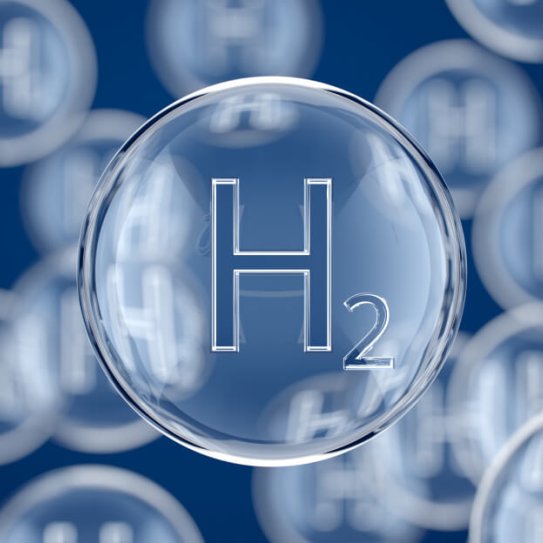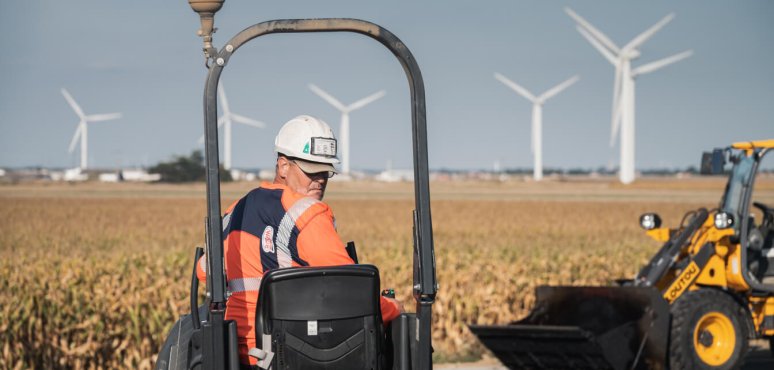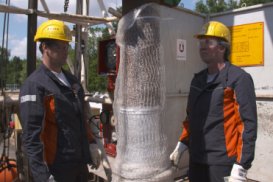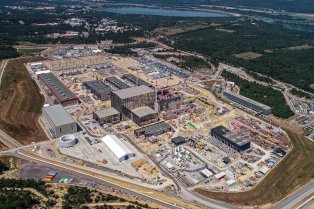Harnessing hydrogen to cut carbon
Hydrogen is already used in a number of industries, including refineries, steelworks, glass, electronic, textiles, fertiliser and aerospace.
To further drive the energy transition, additional applications are emerging to:
- Reduce industrial CO2 emissions. Once produced, hydrogen can be stored and transported as a gas and be used as a primary energy source as fuel for furnaces, engines and turbines, creating water vapour rather than CO2.
- Develop cleaner transport solutions. Hydrogen can be combined with carbon from the atmosphere or industrial fumes to create hydrocarbons. These hydrocarbons are considered to be low carbon, as they use carbon already emitted by other industries.
- Store renewable energy. The main advantage of hydrogen also lies in its ability to “carry” energy. Certain sources of renewable energy, such as wind or solar, can sometimes generate more energy than required. The surplus can be used to produce hydrogen, which can then be stored and reconverted into electricity using fuel cells when necessary. Hydrogen can therefore also be used as a vessel to store electricity.







